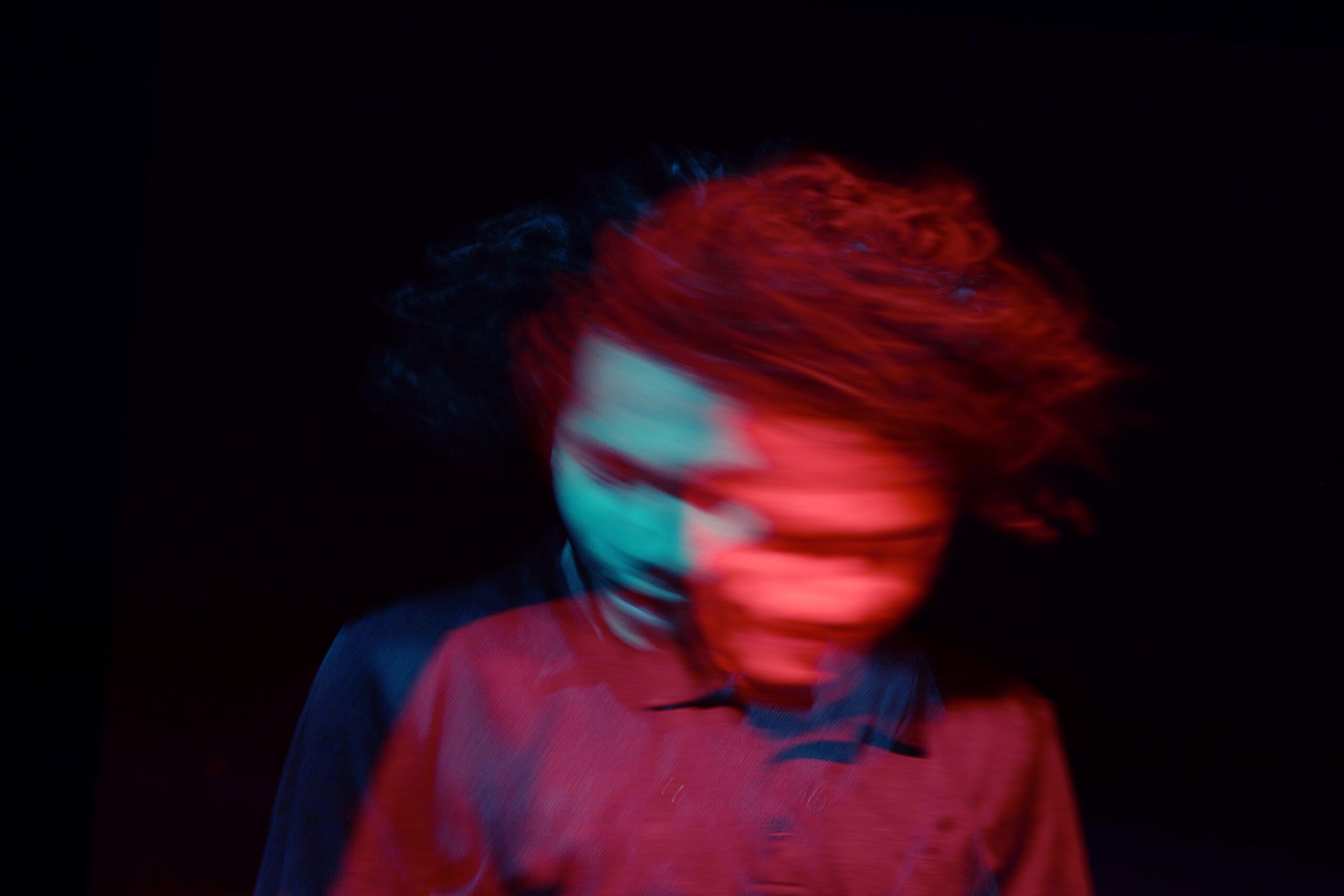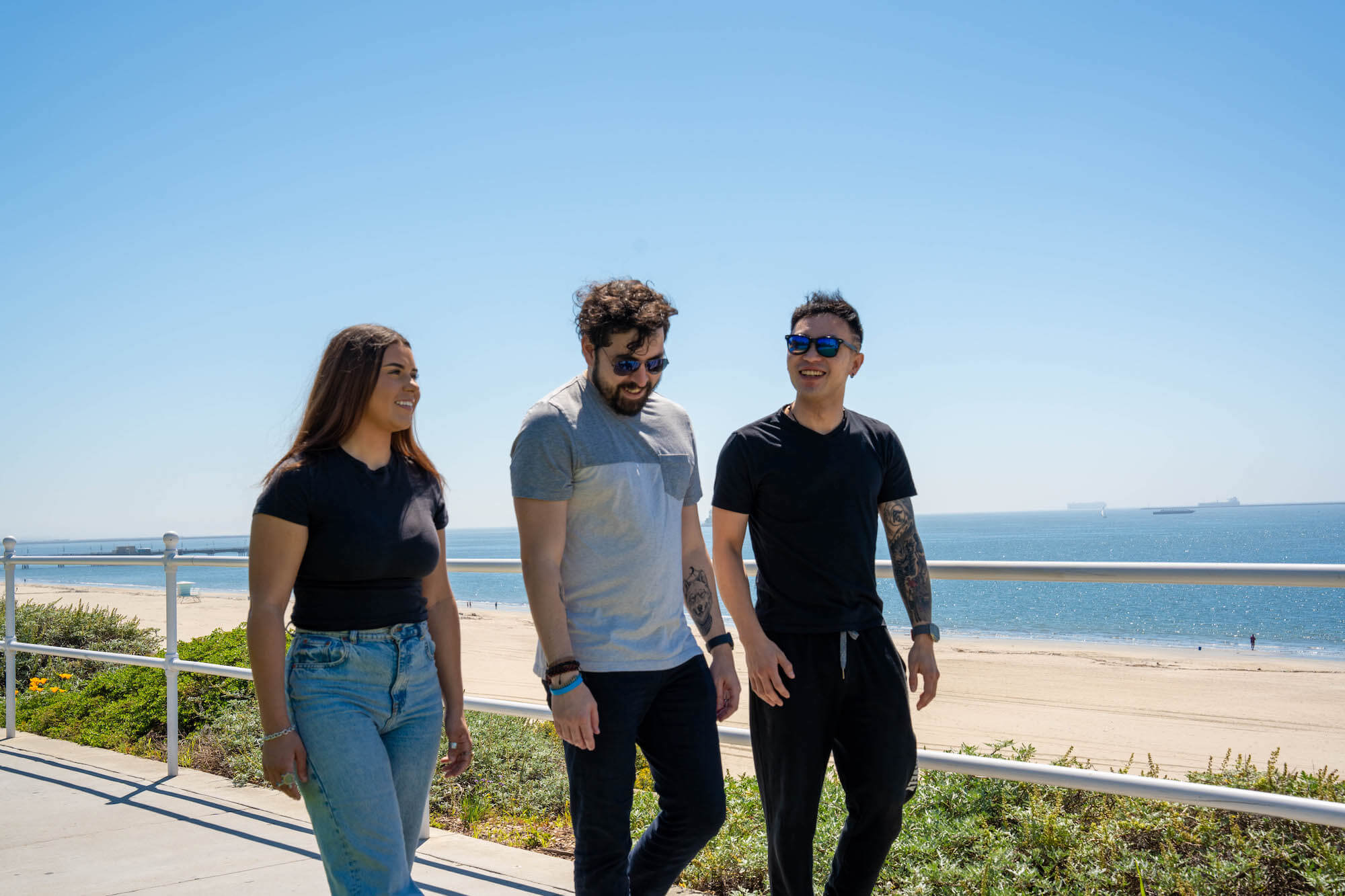Heroin withdrawal typically begins within hours after the last dose of heroin. Heroin is an illegal opioid derived from the opium poppy plant, and in 2021, 1.1 million U.S. over-12s reported past-year heroin use.
Regular heroin use can lead to tolerance and physical dependence, where the body adapts to the drug and requires higher doses to achieve the desired effects. Abruptly reducing or quitting heroin can trigger heroin withdrawal symptoms.
In this guide, you will discover:
- What are the symptoms of withdrawal from heroin?
- How long do heroin withdrawals last?
- What is the safest way to detox from heroin?
- Are there any detox meds for opiates like heroin?
- Dealing with an opiate withdrawal safely: what you need to know.
- How to connect with heroin addiction treatment in Southern California.
Heroin Withdrawal Symptoms
Identifying heroin withdrawal signs can be helpful for recognizing and understanding the challenges individuals face when attempting to quit or reduce their heroin use.
While the specific manifestation of heroin withdrawal varies from person to person, there are some common signs to look out for. These signs serve as indicators that someone may be detoxing from heroin and can prompt the need for appropriate support and treatment.
- Intense drug cravings: A prominent characteristic of heroin withdrawal, especially during the heroin comedown, is an overwhelming desire to use the drug again. These cravings can be persistent and difficult to ignore, driving individuals to seek out heroin to alleviate their discomfort.
- Physical symptoms: Heroin withdrawals often involve a range of physical symptoms. These can include muscle aches, restlessness, agitation, insomnia, and a general feeling of discomfort. The body may exhibit signs such as yawning, sweating, a runny nose, teary eyes, abdominal cramping, and gastrointestinal disturbances like nausea, vomiting, and diarrhea.
- Psychological symptoms: The psychological toll of withdrawal from heroin should not be underestimated. Anxiety, irritability, depression, mood swings, and difficulty concentrating are commonly experienced during this phase. Emotional instability and a sense of unease are frequent occurrences, contributing to the overall distress of the individual.
- Changes in behavior: Heroin withdrawal can lead to significant behavioral changes. The individual may become more withdrawn, isolating themselves from friends, family, and previously enjoyed activities. They may also exhibit signs of restlessness and a strong preoccupation with obtaining heroin.
The severity and duration of heroin withdrawal symptoms can vary depending on factors such as the individual’s heroin use history, dosage, and overall health. Seeking professional guidance from healthcare providers or addiction specialists is essential to accurately identify and address heroin withdrawal symptoms.

How Long Do Heroin Withdrawal Symptoms Last?
The duration of heroin withdrawal symptoms can vary from person to person. Generally, acute withdrawal symptoms peak within 48 to 72 hours after the last dose and may last up to a week. However, some individuals may experience a longer-lasting phase known as post-acute withdrawal syndrome (PAWS), which can involve milder symptoms like mood swings, anxiety, and difficulty sleeping for weeks or even months.
The heroin withdrawal timeline depends on factors such as the individual’s level of dependence, duration of heroin use, and overall health. While the specific duration and intensity of withdrawal symptoms can differ, here is a general outline of the heroin withdrawal timeline:
- Early withdrawal (within 6 to 12 hours): The first symptoms of heroin withdrawal typically appear within 6-12 hours after the last dose. During this phase, individuals may experience initial signs such as anxiety, restlessness, muscle aches, and drug cravings.
- Peak withdrawal (24 to 72 hours): The peak of heroin withdrawal symptoms usually occurs within 24-72 hours after the last use. During this phase, symptoms intensify and may include nausea, vomiting, diarrhea, sweating, chills, insomnia, increased heart rate, and high levels of anxiety.
- Subsiding symptoms (5 to 7 days): After the peak withdrawal period, the intensity of symptoms gradually subsides. Physical symptoms begin to improve, and the individual may still experience residual effects such as fatigue, irritability, and mood swings. Cravings for heroin may persist during this phase.
- PAWS: Some individuals may experience PAWS (post-acute withdrawal syndrome), which can last for weeks or months after the acute withdrawal phase. PAWS is characterized by milder, lingering symptoms such as mood swings, anxiety, depression, and difficulty sleeping. These symptoms may come and go intermittently.
Medication-Assisted Treatment for Heroin Withdrawal
MAT (medication-assisted treatment) is a comprehensive approach to managing heroin withdrawal symptoms and supporting individuals on their journey to long-term recovery. MAT combines the use of FDA-approved medications with counseling and behavioral therapies to address both the physical and psychological aspects of addiction.
MAT utilizes specific drug withdrawal medication to help alleviate withdrawal symptoms, reduce cravings, and stabilize brain chemistry. These medications include methadone, buprenorphine, and naltrexone.
- Methadone: Methadone is a long-acting opioid agonist that can effectively reduce withdrawal symptoms and cravings. It works by binding to the same receptors in the brain as heroin, providing a controlled and supervised dose that helps prevent withdrawal and reduces the desire to use heroin.
- Buprenorphine: Buprenorphine is a partial opioid agonist that can alleviate withdrawal symptoms and cravings. It activates the opioid receptors in the brain to a lesser extent than heroin, mitigating withdrawal symptoms while reducing the risk of misuse or overdose.
- Naltrexone: Naltrexone is an opioid antagonist that blocks the effects of opioids. It helps prevent relapse by binding to the opioid receptors and preventing heroin from producing its euphoric effects. Naltrexone can be administered in the form of a pill or a monthly injectable.
Additionally, MAT incorporates counseling and behavioral therapies to address the psychological aspects of addiction. These therapies can help individuals develop coping strategies, address underlying issues contributing to their addiction, and build a foundation for long-term recovery. CBT (cognitive behavioral therapy), DBT (dialectical behavior therapy), and motivational interviewing are commonly used in MAT programs.
Medication-assisted treatment is typically provided as part of a comprehensive treatment plan tailored to the individual’s specific needs. The treatment plan may include regular medical check-ups, counseling sessions, support groups, and other supportive services to ensure holistic care and ongoing support.
MAT has been shown to be an effective approach for managing heroin withdrawal symptoms, reducing the risk of relapse, and improving treatment outcomes. It is important to seek MAT services from licensed healthcare professionals experienced in addiction medicine to ensure safe and effective treatment.
By combining medications that target the physical aspects of addiction with counseling and behavioral therapies that address the psychological and emotional components, MAT offers a well-rounded approach to support individuals in their recovery journey. It can provide the necessary tools and support needed to break free from heroin addiction and achieve lasting sobriety.

Get Treatment for Heroin Addiction at Gratitude Lodge
If you’ve been struggling with heroin addiction, Gratitude Lodge in Southern California is here to support you on your journey to overcome this destructive addiction. We offer pet-friendly rehab centers that prioritize your overall well-being and provide comprehensive recovery solutions. You can find our facilities in Newport Beach and Long Beach, CA.
At Gratitude Lodge, we understand the importance of a safe and supervised medical detoxification process. Our goal is to ensure a smooth and secure pathway as your body purges itself of the addictive grip of heroin. Once you have successfully completed detox, you can seamlessly transition into one of our specialized treatment programs tailored specifically for heroin addiction:
- 30-day inpatient program
- Intensive outpatient program (IOP)
If you are battling not only heroin addiction but also a co-occurring mental health condition like depression or anxiety, we offer a dual diagnosis treatment program in Southern California. This program provides coordinated and integrated care to address both addiction and underlying mental health concerns simultaneously.
At Gratitude Lodge, we recognize that every individual’s journey to recovery is unique. That’s why we create personalized treatment plans that draw from a variety of evidence-based interventions, including:
- MAT (medication-assisted treatment)
- Psychotherapy
- Group therapy
- Individual counseling
- Family therapy
- Holistic therapies
As you progress through your treatment program at Gratitude Lodge, our dedicated team will guide you towards a successful transition into the next phase of your recovery journey. This may involve stepping down to a less intensive form of therapy or seamlessly transitioning into our sober living environment. Rest assured that we prioritize equipping you with essential relapse prevention strategies and a comprehensive aftercare plan to support you beyond your time at our facility. From detox to discharge and beyond, we are committed to your lasting recovery.
If you’re ready to break free from the grip of heroin addiction and embark on a life of sobriety, Gratitude Lodge is here for you. Reach out to our admissions team at 800-994-2184 and take the first step towards a brighter future.




























